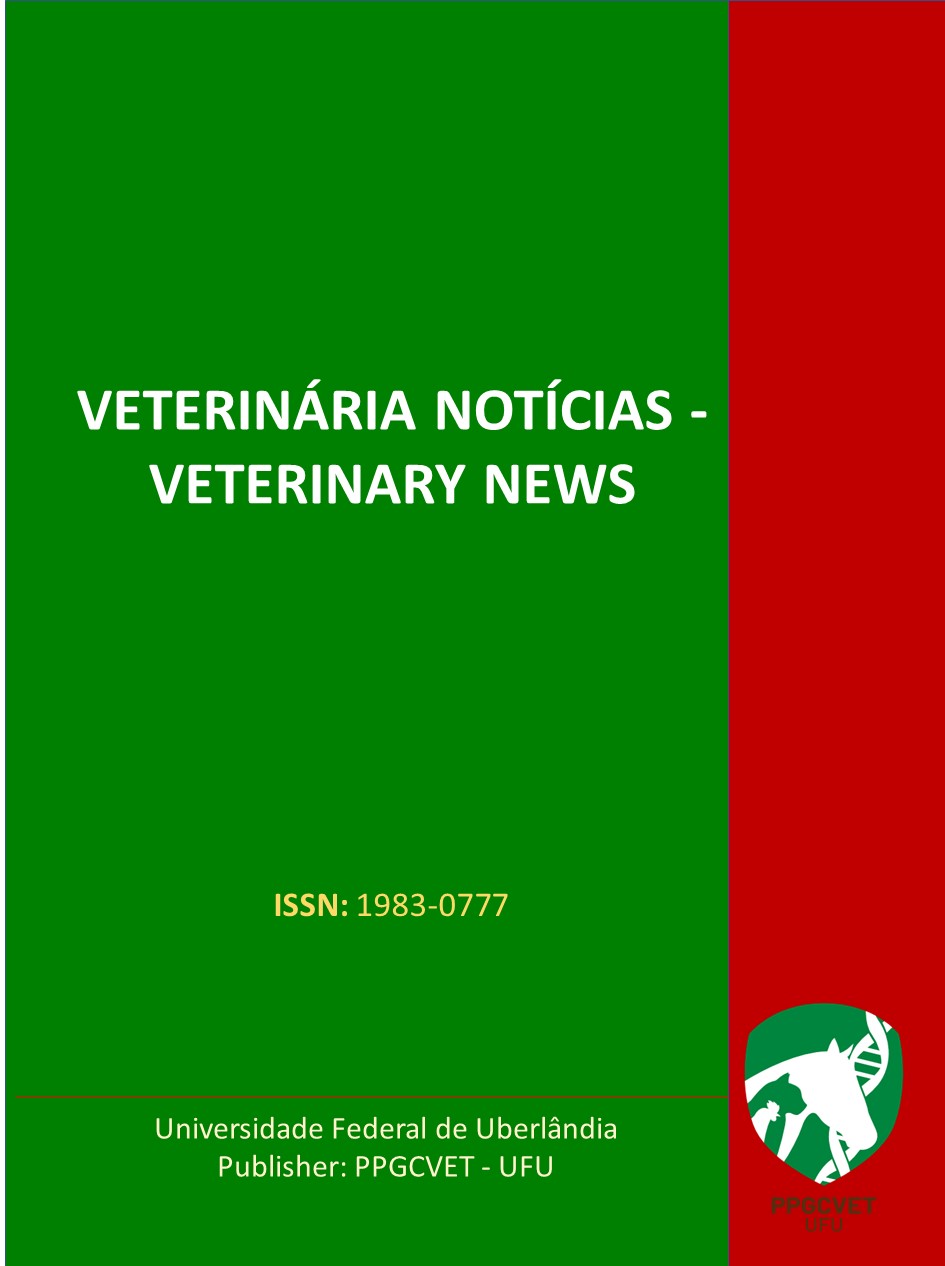ENZYMATIC ACTIVITY OF THE FUNGUS Pochonia chlamydosporia (SORDARIOMYCETES: HYPOCREALES) AND ITS OVICIDAL POTENTIAL ON EGGS OF Toxocara canis (NEMATODA: ASCARIDIDA)
DOI:
https://doi.org/10.14393/VTN-v28n1-2022-63919Abstract
Biological control is considered one of the most used alternative measures to combat helminths of relevance in veterinary medicine and public health. Among these parasites, Toxocara canis stands out for its high prevalence and worldwide distribution, in addition to being the main cause of visceral larva migrans in man. The aim of this study was to demonstrate the parasitic ovicidal activity of the fungus Pochonia chlamydosporia (Pc-10 isolate) on T. canis eggs. In order to do this, fertile nematode eggs were obtained by dissection of adult females fertilized specimens. After obtaining the eggs, they were inserted into 24 well plates previously filled with different concentrations of enzymatic extract of the fungus. In addition, the behavior of P. chlamydosporia hyphae on Toxocara canis eggs was also observed in 2% water-agar medium (2% WA+ fungal isolate) when compared to the control group (2% WA + water). It was verified ovicidal activity with the enzymatic extract of P. chlamydosporia at high concentrations of 400 and 500 μL. At the same time, after 12 days of exposure of the T. canis eggs to P. chlamydosporia mycelia it was possible to observe the fungus action on eggshells, including penetration of the hyphae and colonization of the egg inside. The results confirm the ovicidal potential of the fungus and suggest its applicability in toxocariasis control programs.
Keywords: Toxocariasis, Nematodes, Biological Control.

